|  |  |  |
|
|
|
| Among the best known travel attractions in India is the Taj Mahal, but there is a lot more to see, including beaches, temples, wildlife and culture. |
|
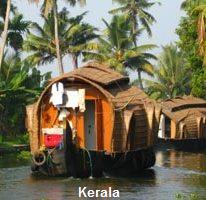 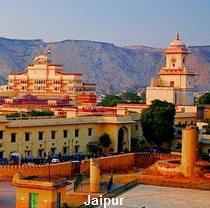 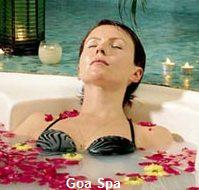 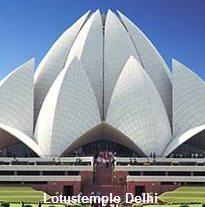 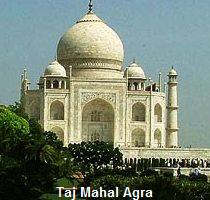 |
|
India has mountains, jungles, deserts and beaches. India has a long coastline. The west borders the Arabian Sea and the east coast the Bay of Bengal, both parts of the Indian Ocean. To the north, northeast and northwest India is bordered by the Himalayas, the tallest mountain range in the world. In addition to protecting the country from invaders, the Himalayas also feed the perennial rivers Ganges, Jamuna, Brahmaputra and Indus on whose plains India's civilization flourished.
India's history goes back to around 3,200 BC when Hinduism was founded. Many other religions like Buddhism, Christianity and Islam all exist within the country today. As a consequence of India's size, the history of the country has seldom been the same for two adjoining territories, and its great natural wealth has lured a succession of traders and foreign influences to it, each leaving their imprint in the country. The modern state was created in 1948, when the British colonisers left the region, which was split between India, Pakistan and Bangladesh. |
|
|
|
With a total area of 3,287,590 sq km (1,269,338 sq mi) India is the seventh largest country in the world, and with a population of around 1.2 billion it is second only to China in population. The capital of India is Delhi (New Delhi) with a population of around 15 mill. people. The most populous city in India is Mumbay (Bombay) with a population of more than 18 mill. people. Kolkata (Calcutta) is the third most populous city with more than 14 mill. inhabitants.
The northern part of India boasts of some of the major tourist attractions of India. Probably the best known is the marvelous Taj Mahal in Agra, which is one of the most romanitic and beautiful masterpieces of architecture in the world, built by the fifth Mughal Emperor Shah Jahan in 1649 in memory of his beloved queen, Mumtaz Mahal. The north Indian tourist attractions also include the Red Fort in Dehli; the Palace of the Winds, or Hawa Mahal, and the City Palace in Jaipur; the City Palace and Lake Palace in Udaipur; the Lotus Temple; Jama Masjid; Golden Temple; Jaisalmer Fort; many picturesque hill stations and forts, and the Himalayan Mountain Range.
The Tourist attractions in South India include Kerala Backwaters, Ooty, Rock Fort Temple, Golconda Fort, Char Minar, and many exotic hill stations in Kerala. South India is famous for its temples; among these are Meenakshi Temple, Somnathpur Temple and Tirupati Temple. Chennai (Madras) is a main city in southern India.
Like the northern and southern parts of India, the eastern and western parts of the country are also home to some tourist attractions. Mumbay, Jamnagar, Maharashtra, Ahmedabad, Gujrat, Vadodara are the major cities of the western part of India. Goa is the smallest state of India and it features many famous beaches like Banga Beach and Anjuna Beach. Eastern India is the most rural part of the country. It's largest city is Kolkata (Calcutta) also regarded as the cultural capital of India and home to numerous colonial buildings. The temple cities of Puri and Bhubaneswar are both located in the Orisa state.
|
|
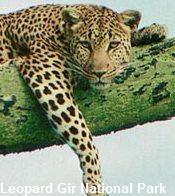 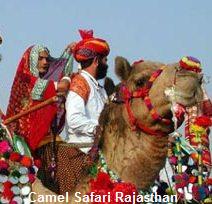 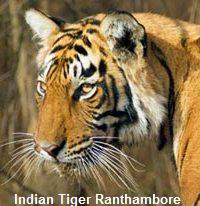 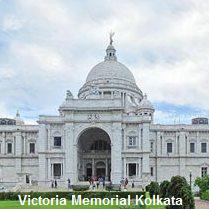 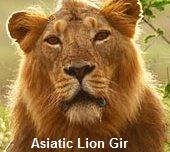 |
|
|
|
|
|
|
|
Map of India |
|
 |
|
| | |
|










